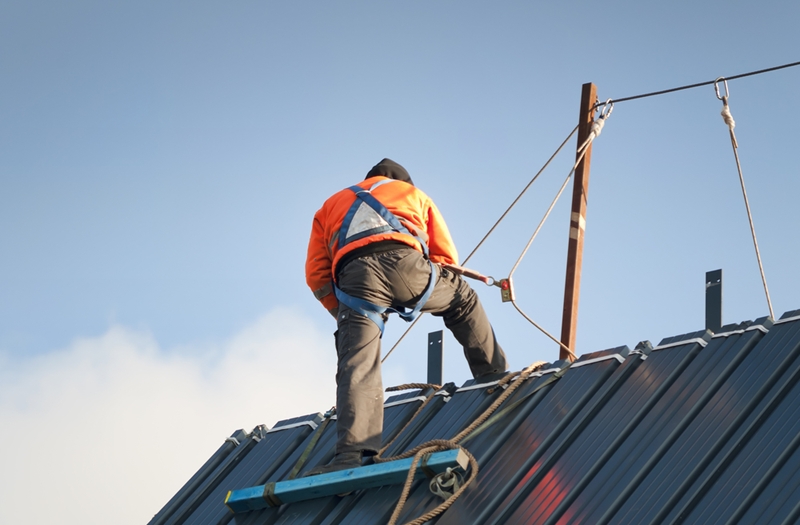DIY safety tips: Safe working conditions
Archive
Australia and New Zealand are spectacular, beautiful places to live. Blessed with great weather, our neck of the woods is perfect for a spot of DIY, with countless Kiwis and Aussies spending their weekends working on pet projects or saving money by performing repairs themselves. In many ways, this DIY approach is a key part of what makes us who we are, but it's also important to make sure that nobody is being put at risk.
DIY safety is something we've explored a lot in recent blog posts. We've focused on everything from specific pieces of equipment like power tools right through to the equipment and clothing you'll need to have on hand before you embark on your next project. In this article, we're going to take a step back and look at working conditions - especially the ones unique to our countries.
Really hot days can increase the risk of dehydration, which in turn leads to a loss of concentration.
DIY working conditions
It's pretty hard to find anything negative to say about the great weather we enjoy in Australia and New Zealand, but that doesn't mean hazards can't occasionally be presented.
A common example of this is high temperatures, especially in Australia. Really hot days can increase the risk of dehydration, which in turn leads to a loss of concentration and a greater chance of making a mistake. When working with powerful pieces of building equipment, this can be a serious problem. To get around it, make sure to stay hydrated, and if it's a real scorcher, maybe put things off until next weekend. At the other end of the spectrum, windy or rainy days are best spent indoors, rather than trying to climb a ladder with a pair of shears. That bushy tree in the corner of the garden can wait!
Aside from weather, there are a few other elements to look at when considering safe working conditions. You'll need to know for certain what materials you're working with - especially if there's a risk of coming into contact with something like asbestos. If you're unsure of any potential dangers in your home's construction, it's best to save the DIY work until you know for certain, or wait for an expert to take a look.
 If you want to take your DIY work to the next level, make sure you have the right safety equipment.
If you want to take your DIY work to the next level, make sure you have the right safety equipment.The right safety equipment
Some working environments are unsafe, but only if you don't have the necessary equipment. If you know that you'll be working at heights, you'll need to hire some appropriate items to minimise your risk. The team at Kennards Hire can assist with this, providing a range of safety solutions suitable for casual DIY-ers and more experienced tradies alike. Many of these are best suited to more extensive work, including working in confined spaces, but other items such as safety glasses or a portable fire station can be helpful for home handymen too.
Don't assume that a standard jack will be able to support the vehicle for long periods of time.
Other hazards such as dust can be reduced by using the right protective equipment. If like a lot of DIY fans you know you'll be working in a garage or outside, make sure to minimise potential hazards such as kids running around or sharp objects.
If you'll be working on a specific project like a vehicle, ensure that it is positioned in such a way where you can easily access the workspace without putting yourself in danger. Don't assume that a standard jack will be able to support the vehicle for long periods of time, and always have somebody close to hand if you do require assistance.
For more top tips on DIY or any questions about equipment hire, contact Kennards Hire today.
